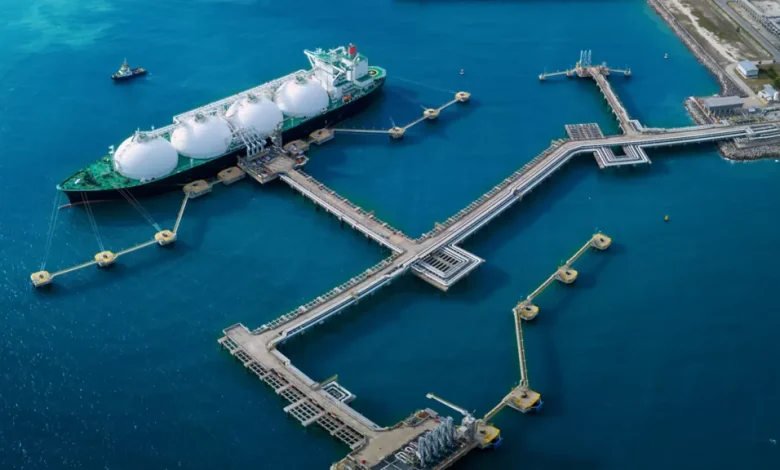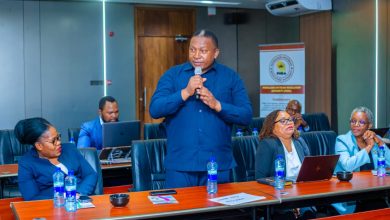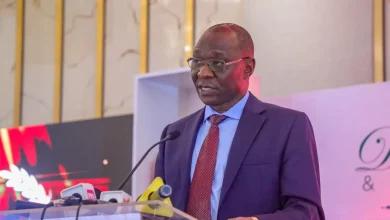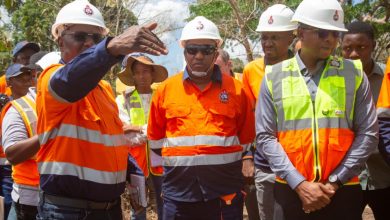LNG’s rise can redraw Tanzania’s economic map

TANZANIA: TANZANIA is edging closer to a historic breakthrough in its energy sector, one that could redefine both its national economy and the fortunes of its long-overlooked southern regions.
The 42 billion US dollars Liquefied Natural Gas (LNG) project planned for Likong’o in Lindi is now in its final stage of negotiations, with a deal expected before the end of 2025. Once signed, construction will pave the way for annual production of up to 10 million tonnes of LNG in partnership with Shell and Equinor, an investment of rare scale on the continent.
The numbers alone are staggering, but the deeper story is about geography and equity. For decades, Tanzania’s economic heartbeat has pulsed through Dar es Salaam and the northern corridor, while Lindi and Mtwara remained rich in resources yet starved of opportunity. LNG promises to flip that balance. It is more than a gas terminal; it is the key to unlocking the South’s economy, generating jobs, stimulating business ecosystems and anchoring government revenues that can be reinvested across the nation. For communities that have waited patiently at the margins of national growth, the project carries the weight of long-delayed transformation.
Its impact will not be isolated. LNG’s potential multiplies when placed alongside the Standard Gauge Railway (SGR), now being extended from Mtwara to Mbambabay. That rail line will connect the gas fields, agricultural heartlands and mineral-rich zones of the South to both domestic and international markets. Energy without infrastructure risks isolation; infrastructure without energy risks underutilisation. Together, LNG and SGR form a powerful development corridor one that positions Southern Tanzania not as a forgotten periphery but as a new powerhouse in East Africa’s economic map.
Nationally, the project is also expected to reshape the energy landscape. By supplying clean fuel alternatives, LNG could help reduce dependence on charcoal and firewood, easing environmental pressure while providing households with modern, affordable cooking energy. For industries, a stable gas supply promises to cut costs, expand production capacity and make Tanzania a more attractive destination for investment. This is structural change in its truest form transforming not just GDP figures, but daily realities in homes, farms and factories.
ALSO READ: CCM reignites LNG project
Vision 2050 sets Tanzania’s sights on a 1 trillion US dollar economy. Achieving that goal will demand more than incremental progress; it requires catalytic projects that simultaneously drive multiple sectors. LNG is precisely that kind of catalyst. It is expected to fuel industrialisation, support agricultural value chains and anchor Tanzania’s role as a regional energy hub. And the timing is telling.
Alongside LNG, the government has launched its fifth oil and gas licensing round offering 26 exploration blocks, 23 offshore in the Indian Ocean and three in Lake Tanganyika the first such auction in over a decade. This signals that LNG is not a one-off project but part of a broader, long-term strategy to expand Tanzania’s energy sector and attract global capital.
Still, the stakes are high. Mega-projects of this scale often stumble on delays, cost overruns, or global price shocks. The risk is not only economic but political: If ordinary citizens, particularly those in the South, do not see tangible benefits, resentment could grow despite the promise of billions in investment. Ensuring transparency, fair revenue-sharing and community participation will therefore be as crucial as engineering expertise or financial modeling.
What makes LNG especially consequential is its ability to redraw Tanzania’s internal economic geography. For years, the South has been defined by untapped potential, a place where natural riches were abundant but pipelines, ports and railways were absent. LNG and the infrastructure rising around it offers a rare chance to reverse that narrative. Instead of being a byword for neglect, the South could become the symbol of Tanzania’s next economic chapter: A region that fuels the nation, powers its industries and connects its trade routes to the wider world.
Put simply, LNG is the key. It is the key to unlocking the economy of Southern Tanzania, and when combined with modern infrastructure like the SGR, it becomes the key to opening a new future for the nation as a whole. For Tanzania, the road to a trillion-dollar economy will not be built in Dar es Salaam alone it will run through Lindi, Mtwara and the communities of the South who have waited longest and stand to gain the most.





